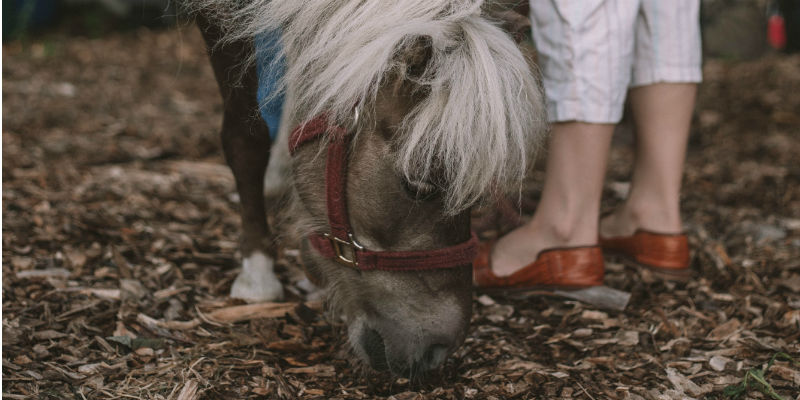Defining The Miniature Horse
Miniature horses have won the hearts of many. Let’s look at what defines a miniature horse and their history to figure out how. In short, miniature horses are defined by their size. They can be found in many regions, like Europe and the Americas. They are the result of centuries of selective breeding. Depending on the breed, the height of miniature horses is usually less than 34–38 inches. They are measured at the last hairs of the mane, which are found at the withers. Some are only considered to be very small ponies. Others retain horse characteristics and are still considered “horses.” Miniature horses have various colors and coat patterns like their taller ancestors.
Miniature Horses in History
These horses were first bred in Europe in the 1600s. By 1765 they were seen frequently as the pets of nobility. Others were used in coal mines as a way of transporting goods down tunnels. This was in a response to improved child labor laws. Miniature horses and ponies that were used in the mines were called “pit ponies.” Shetland ponies were most frequently seen, although any small, strong ponies that would fit in the small mine shafts were used as pit ponies. The first small horses in the United States date to 1861, when John Rarey imported four Shetland ponies, one of which was 24 inches (61 cm) tall. Additional small British horses, as well as small Dutch mine horses, were brought to the US throughout the late 1800s.
There are many horse show opportunities offered by registries and show sanctioning organizations worldwide. Many classes are offered, including halter (horse conformation), in-hand hunter and jumper, driving, liberty, costume, obstacle or trail classes, and showmanship. For more information on horse related topics like horse properties for sale, contact Colorado Horse Property today.
Photo by Lindsay Lenard on Unsplash


One thought on “Miniature Horses”